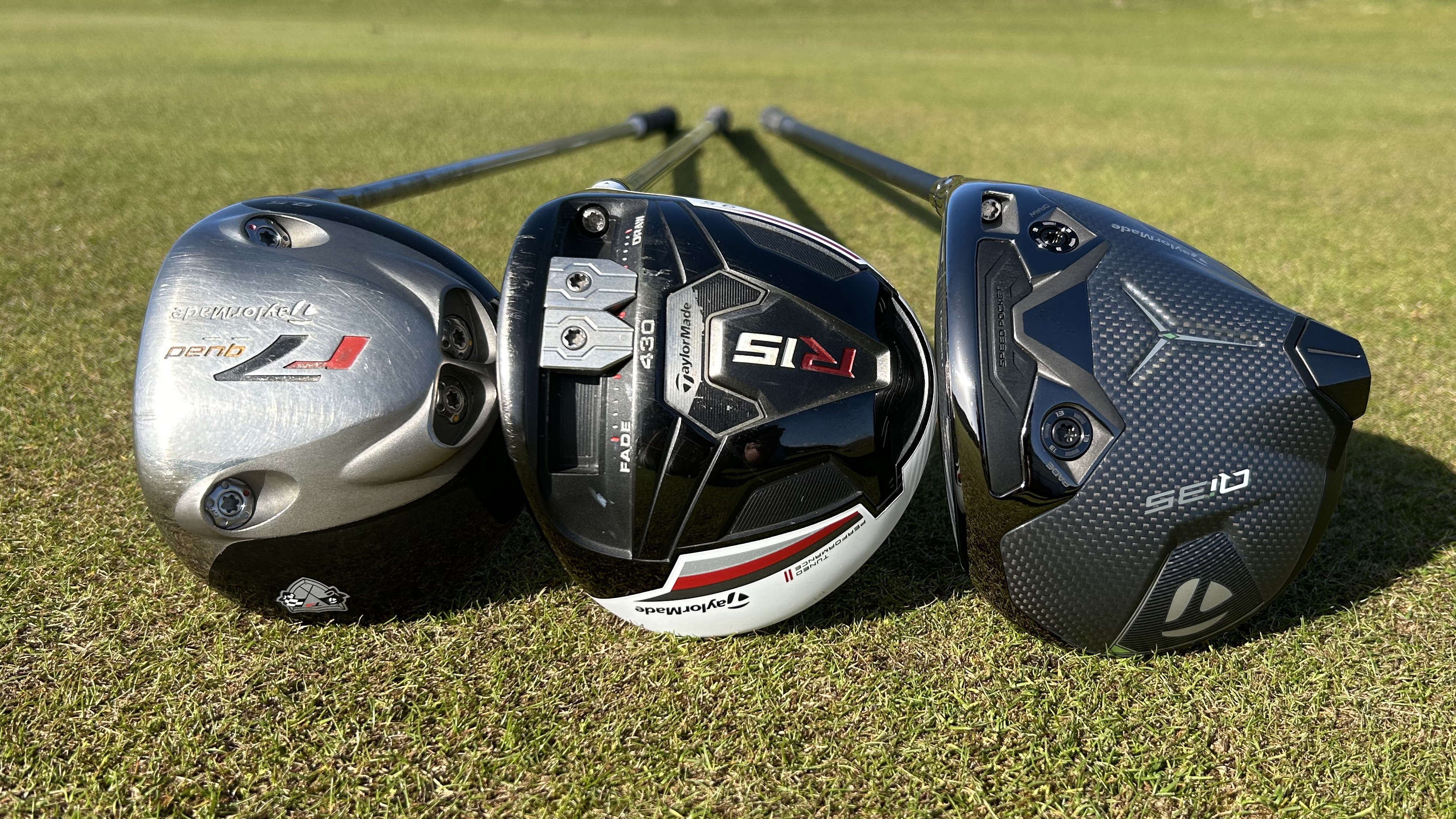
How Often Should You Upgrade Your Driver?
This is a question I get asked constantly as a club tester, especially as equipment manufacturers regularly produce new models that promise even more distance and forgiveness than the previous generation.
How much of a difference do the technical developments of the best drivers make to the overall performance, and if you choose not to invest in a new driver for a few years, what might you be missing out on?
Looks
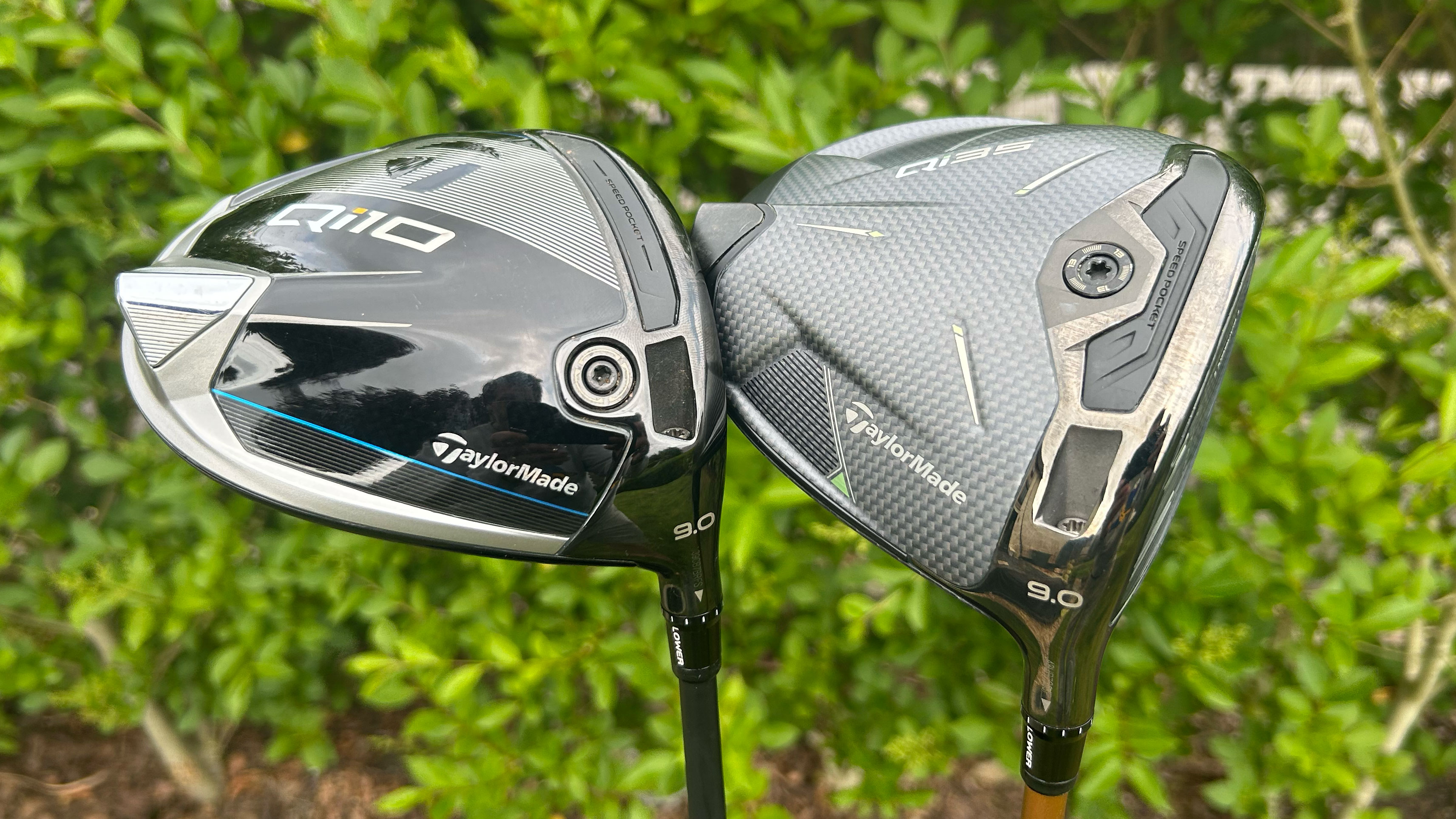
This is a subjective category, of course, but the advent of newer materials and 'trendier' colorways may make an older driver feel somewhat dated. For example, the introduction of carbon crowns on drivers such as the TaylorMade Qi35 or the Callaway Elyte range brings a futuristic visual that many associate with the modern era of drivers.
That being said, many manufacturers such as Srixon and its ZXi range are remaining firm and sticking with all titanium construction and a more 'traditional' aesthetic.
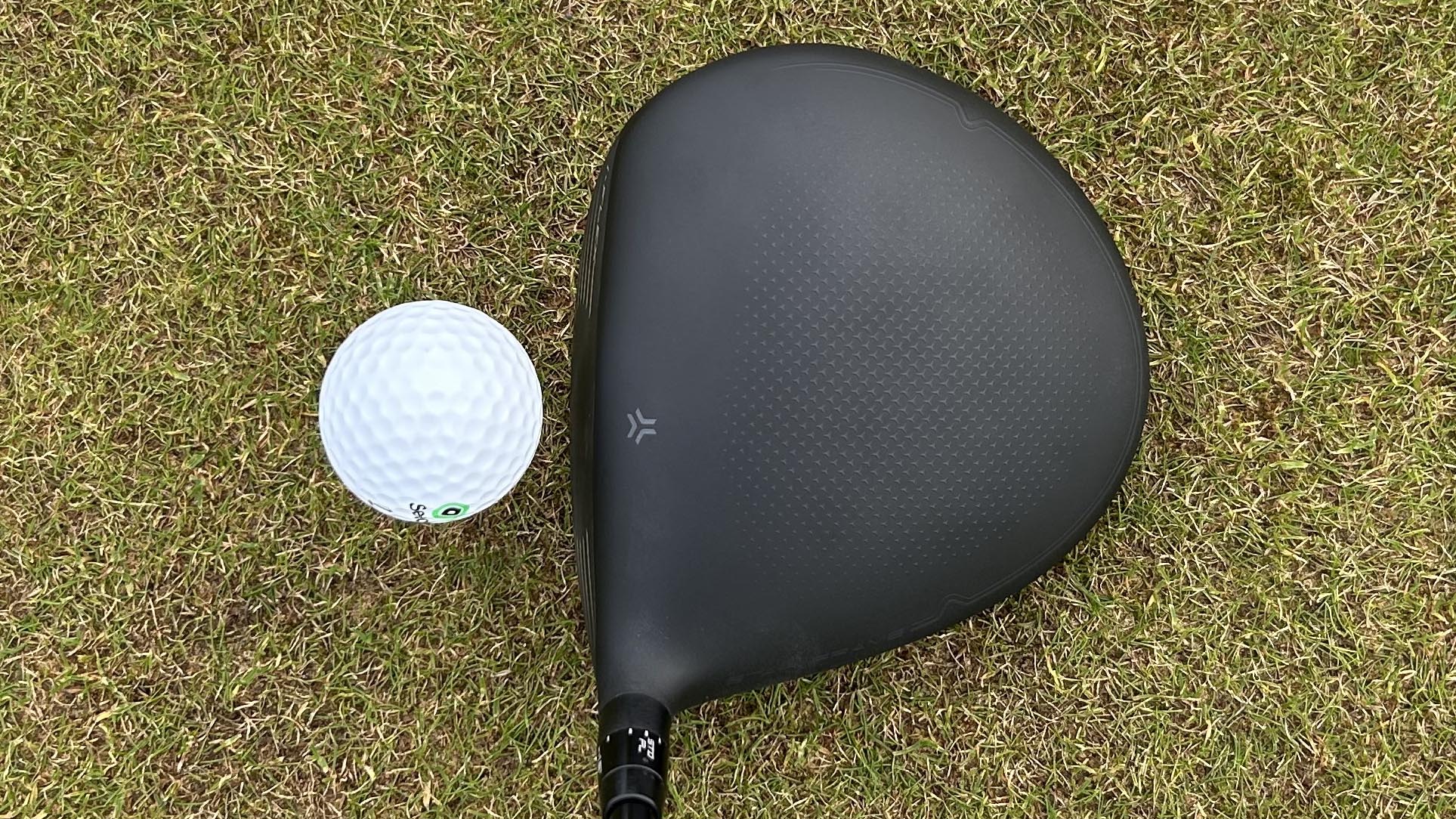
In fact some manufacturers are actually making a conscious effort to disguise any futuristic developments, such as Titleist with its GT range of drivers. 2025 was the first time Titleist had veered away from an all-titanium construction into a multi-material crown, and it took the decision to smooth the joins and create the illusion of a one-piece finish. This decision resulted in an almost identical visual to its previous three generations, the TS, TSi, and the TSR.

Depending on how old your current driver is, you may also notice some shaping differences in the modern driver market. With many companies chasing the 10k MOI number in 2024 and 2025, a number of clubheads, such as the TaylorMade Qi35 Max and the Ping G430 Max 10k, have been squashed down vertically to create a larger footprint while not exceeding the 460cc volume limit.
Sound/Feel

This category is where you possibly feel the biggest difference between individual drivers, but it can vary dramatically from manufacturer to manufacturer. When TaylorMade ushered in the 'carbonwood era' with the Stealth driver, a duller, more muted impact sound was introduced alongside it.
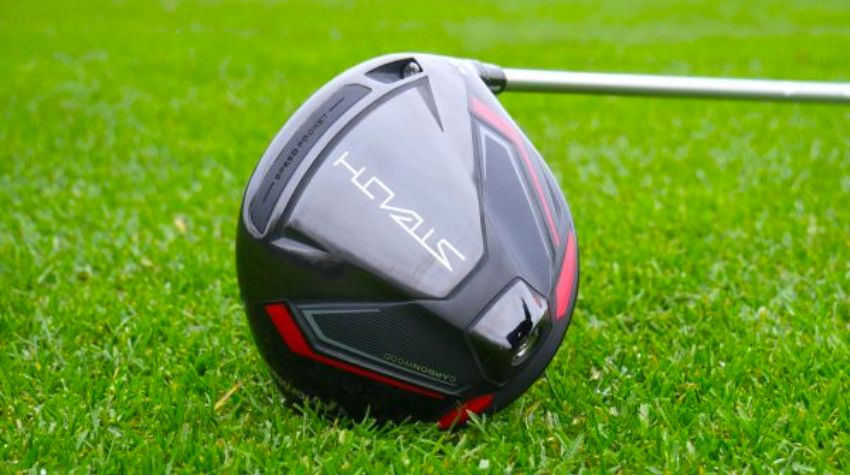
To some people, this thuddier noise is synonymous with the modern game, while others will feel that it actually harks back to the days of persimmon! Categories such as this and looks are so much down to an individual's interpretations and preferences.
Much like with looks, there is no modern standard as such, as once again, many manufacturers do things very differently. The Ping G440 range and the Cobra DS-Adapt range feature a slightly harsher feel and a louder, more high-pitched output than the 2025 TaylorMade or Callaway ranges, for example.
Performance

Are there tangible performance gains to be had when comparing new to old drivers? Well, once again, for me, this would depend on the age of the driver currently in your possession.
Ball speeds, or COR (coefficient of restitution), became regulated by the games' governing bodies in 2008 to ban certain levels of a 'trampoline effect' that gave disproportionate boosts in distance. Since then, manufacturers have all been working to the legal limits, and as such, if you are in possession of a driver that was created after that, the chances are you will see little to no gains in ball speed from centred strikes by changing. In fact, you could well find higher ball speeds by employing a driver such as the Callaway ERC manufactured prior to the rule changes, but you would need to be careful not to breach the local rules of any competition you may wish to compete in.

From all of my testing in recent years, the main change I have seen is ball speed and spin retention on off-centre strikes. As manufacturers have all become more savvy with CG placement and MOI enhancement, drivers have most definitely become more forgiving and consistent than ever before.
This is absolutely something you should be paying attention to if you are playing a driver over around 5 years old, in my opinion, and something well worth testing out with a launch monitor. In fact, having interviewed Ludvig Åberg recently, he mentioned that he doesn't really pay any attention to the data during test sessions of new drivers nowadays, as he knows what he will see from the centre of the face - the same thing he has seen for the past 5-10 years! He is only interested in what happens when he mis-strikes a shot to know if it is a driver worth gaming.
Price
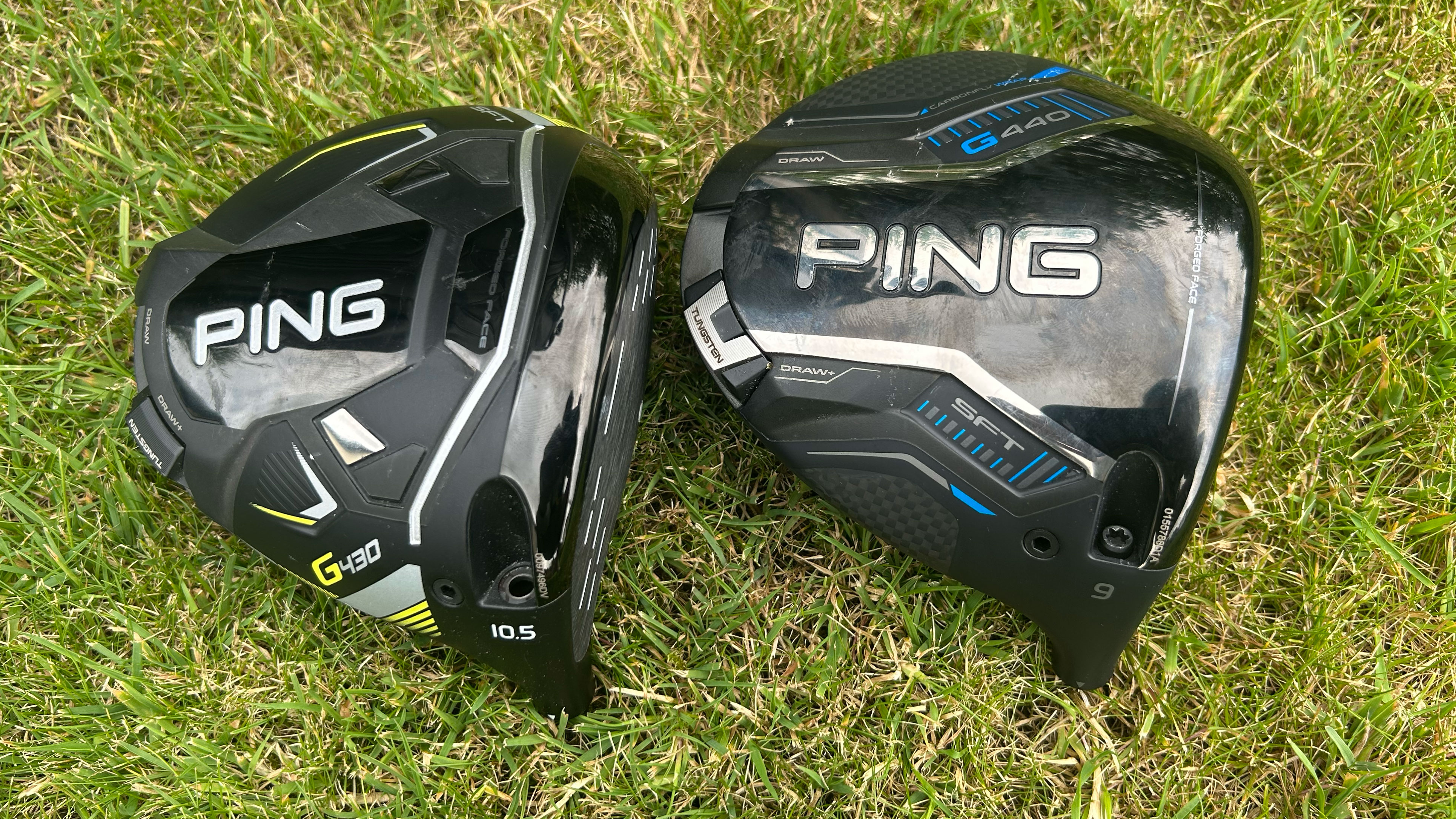
Every golfer will have their own budget, but what cannot be ignored is that modern, premium drivers come with premium prices. As a result, good bargains can be had on used drivers however, you should acknowledge that these drivers will not have the fitting options comparable to newer models.
We also recommend thinking about how often you want to upgrade your driver because if it is every few years, then a less expensive pre-owned option could be the way to go. Alternatively, if you upgrade only every five or six years, then perhaps spending a little bit more could be more beneficial to you over that period.
Verdict
The big question we were trying to answer is how often you should upgrade your driver. Now, there may not be a definitive answer here, but one of the main conclusions we came to was that from generation to generation, we are talking very marginal gains. So if your driver is only a couple of years old, a new one may not revolutionize your performance.
However, any older than that and there could be some clear benefits to be had in terms of forgiveness, adjustability, and so on. If you can couple that with a custom fitting, then we are confident that upgrading will deliver results.







